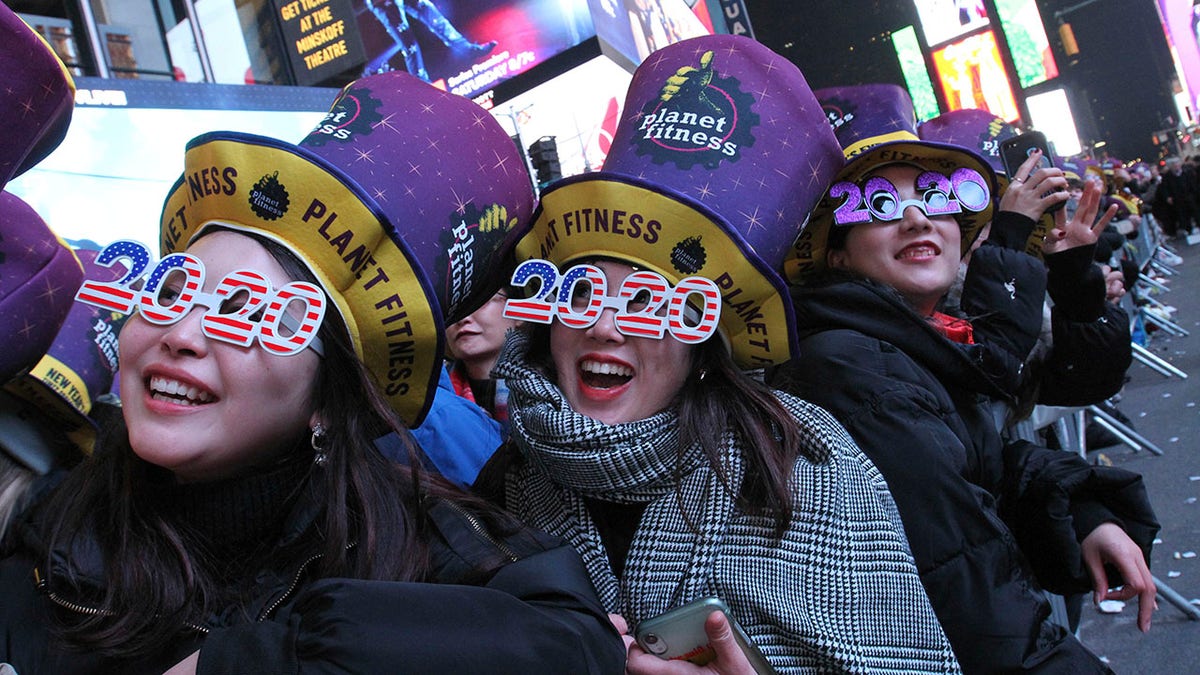Fox News Flash top headlines for December 29<br>
Fox News Flash top headlines are here. Check out what's clicking on Foxnews.com.
As 2020 grinds toward a much-anticipated end, it's targeting shell-shocked Americans with one final salvo: the disruption of New Year's Eve celebrations across the country with wet, wintry weather.
A storm system in the Midwest, south, and east will bring heavy rain, potential flooding, and chilly temperatures just a week after another cold front froze coastal states and delivered blizzards to Minnesota, Ohio, Iowa and the Dakotas.
The Plains and the Midwest are expected to be hit once again on Tuesday and Wednesday, with large areas under Winter Weather Advisories and Winter Storm Warnings, according to the National Weather Service.

Revelers, including Natsumi Ishikawa, left, and Minori Kondo, second from left, both from Nagoya, Japan, take part in the New Year's Eve festivities in New York's Times Square, Tuesday, Dec. 31, 2019. Celebrations this year have been disrupted by the COVID-19 pandemic and the threat of winter storms. (AP Photo/Tina Fineberg)
Thunderstorms, snow and ice can be anticipated as the low-pressure system moves from the Southeast up toward the Great Lakes and Appalachians on Thursday night.
Heavy rainfall is also expected in the Deep South, where damaging wind and tornadoes could be possible, according to NOAA predictions.
Cold weather will continue in the Sunshine State, where freeze warnings have been issued since Christmas, according to ABC News.
In New York City, Times Square will likely see rain and temperatures in the 40s, though most of the spot's renowned celebrations will be held virtually due to the COVID-19 pandemic.
Meanwhile, the Northwest will see showers and some snow on both New Year's Eve and New Year's Day as a Pacific front approaches.
CLICK HERE FOR THE FOX NEWS APP
The heavier precipitation is expected to accumulate over the Cascades and through the mountain ranges of Montana, Wyoming and Colorado.
The Southwest, northern and central Plains and the Rockies will see a dry Jan. 1, 2021.
Over the weekend, the Northwest's storm will move south through California, making its way through the central U.S.




